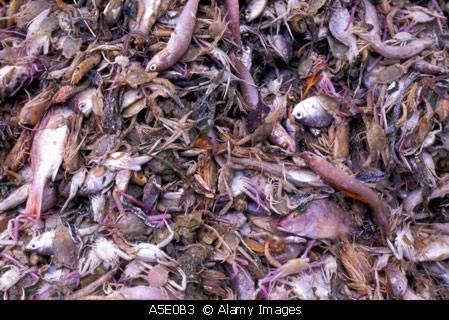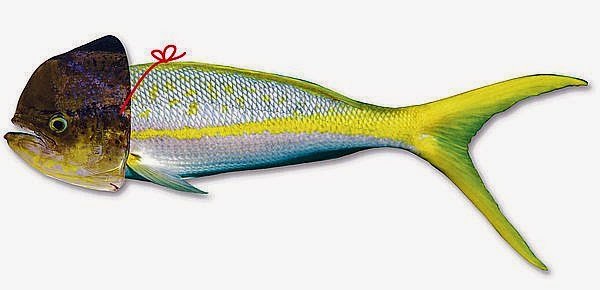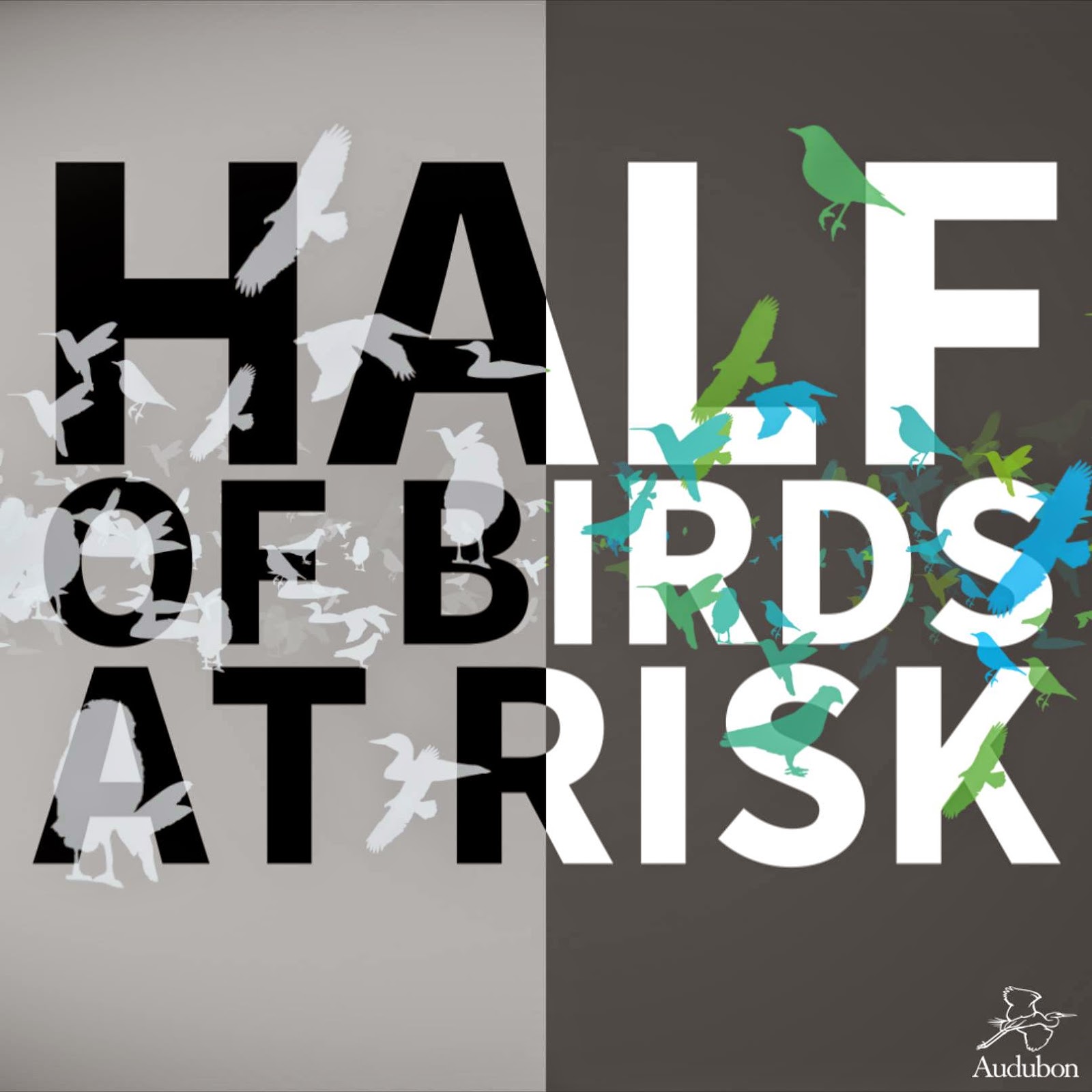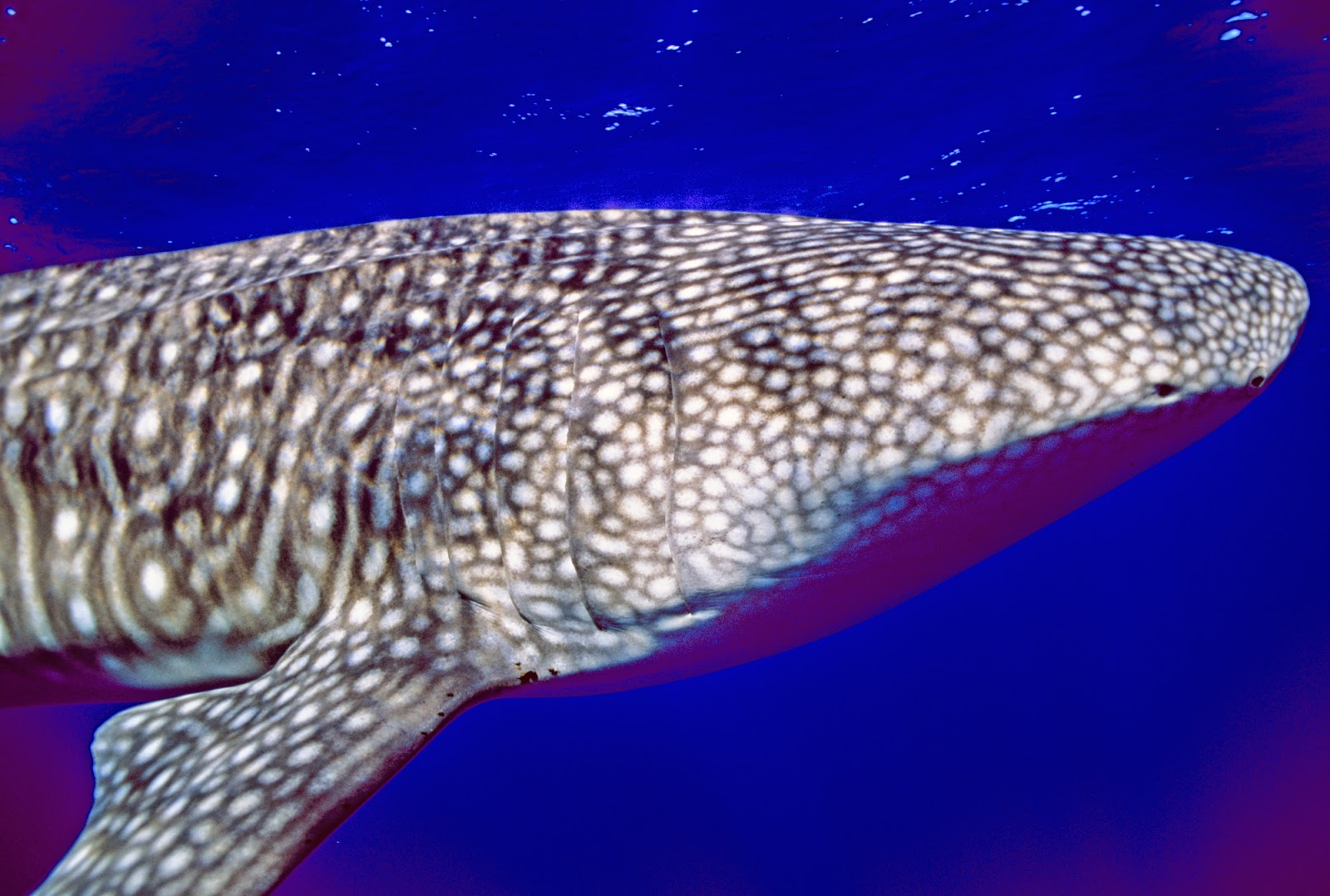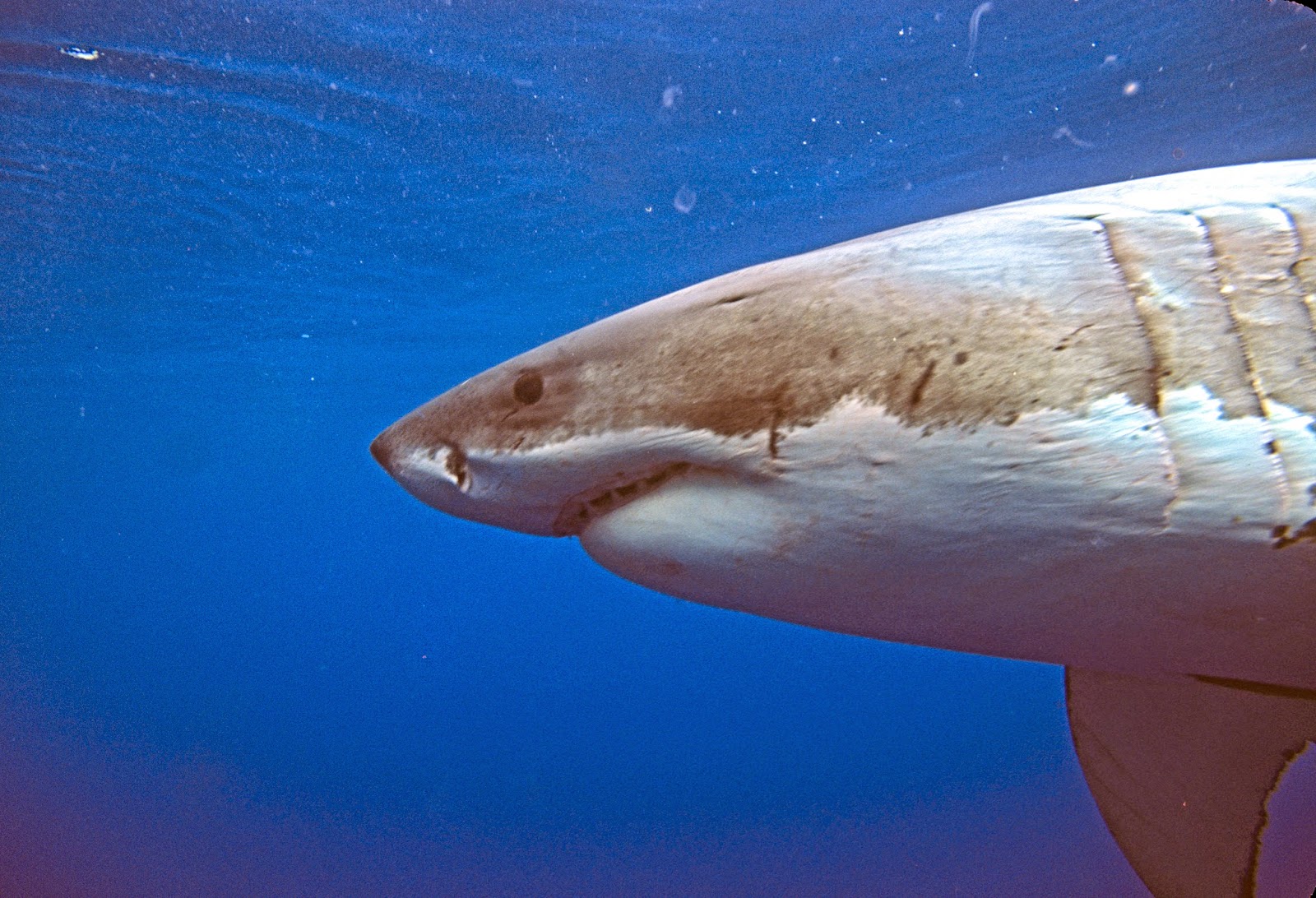In order for consumers to make informed decisions about purchasing sustainable seafood, they need the right information. Seafood, which is often traded across international borders, is often intentionally and unintentionally labeled with inadequate, confusing, or misleading labels. In regions of California, as much 52% of seafood is improperly labeled. Fortunately, the California Senate has passed SB 1138, which helps to address seafood fraud. The bill calls for clear labeling of the species by its common name and to provide information if the species was farm-raised or wild-caught, in addition to whether the species was caught domestically or imported internationally. Read more here…
Sea Save Foundation board of directors member Michael Sutton serves as the executive director of Audubon California and vice president of Pacific Flyway. He has been actively circulating a recent report released by the National Audubon Society.
The future of birds depends on how and if they are able to adapt to climate change. The National Audubon Society report finds that an estimated 650 species of birds in North America will be impacted by climate change. These birds will be forced to live, feed, and breed in limited habitat ranges, or go extinct if they are unable to adapt to climatic changes. According to the report, 21.4 percent of existing bird species will lose at least half of their current habitat range by 2050 and will be unable to move to new locations. Some birds like the puffin, once a reintroduction success story, are already showing sings of decline. Read more here…
5. 2100: A Shark Odyssey
Habitat degradation and overfishing are two major challenges that face the shark population today. Now research released by the University of Lisbon’s Center for Oceanography has found that the effects of climate change and ocean acidification will be key factors in the survival of sharks in 2100. In lab studies, shark embryos that were exposed to the projected higher temperatures and acidic ocean conditions of 2100 had low survival rates. This leads scientists to predict that shark populations could decline by up to 44% in 2100. A second study has found that the changing marine conditions will significantly impact the hunting success of sharks. Read more here…


